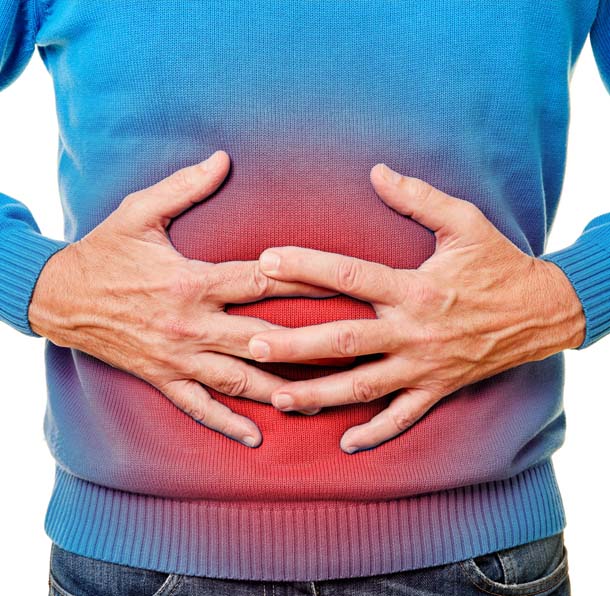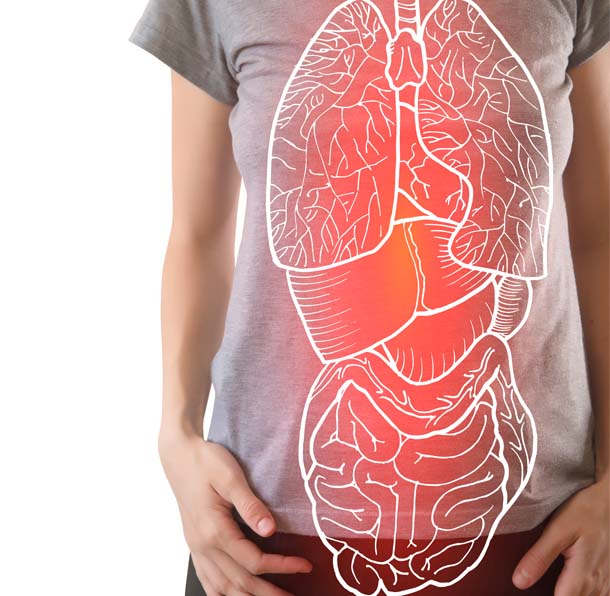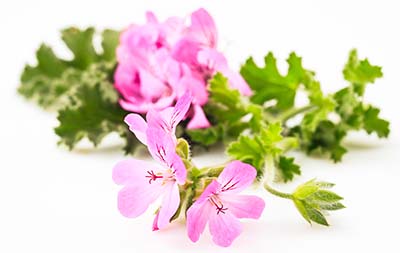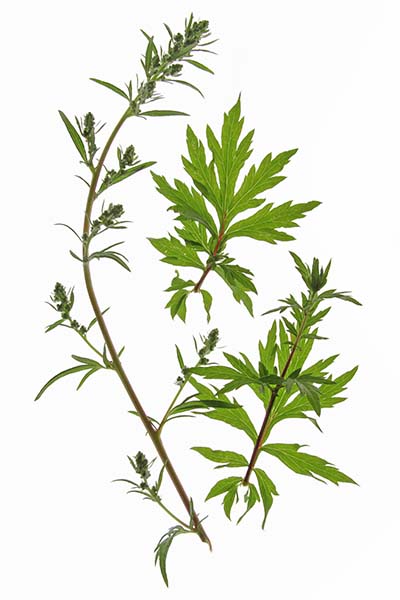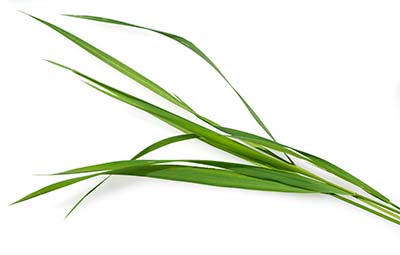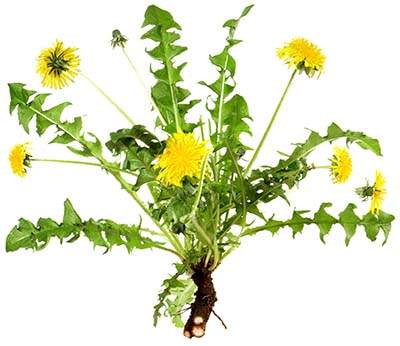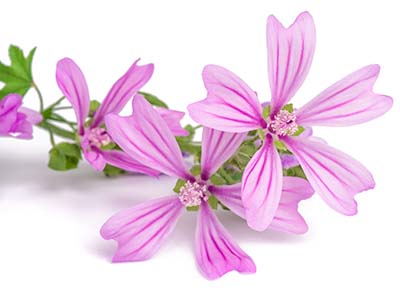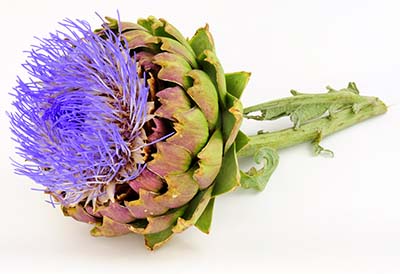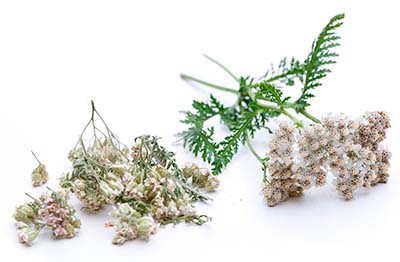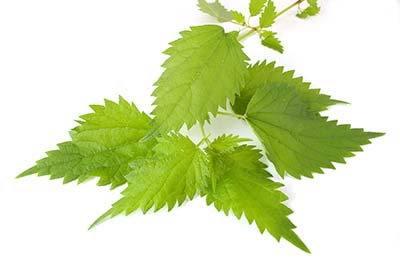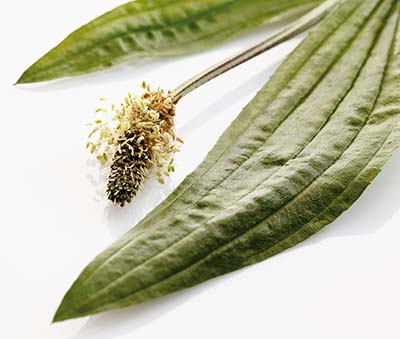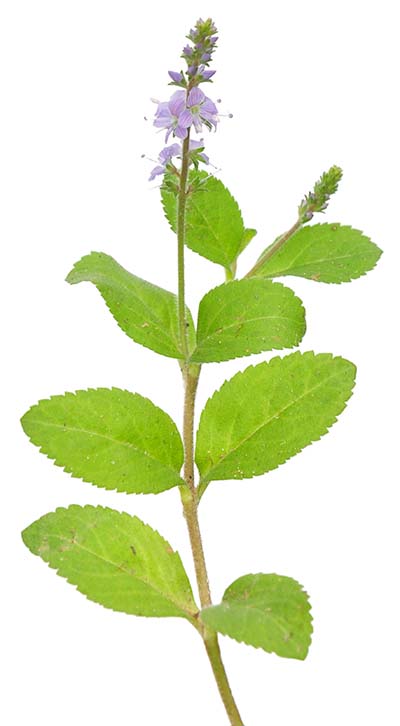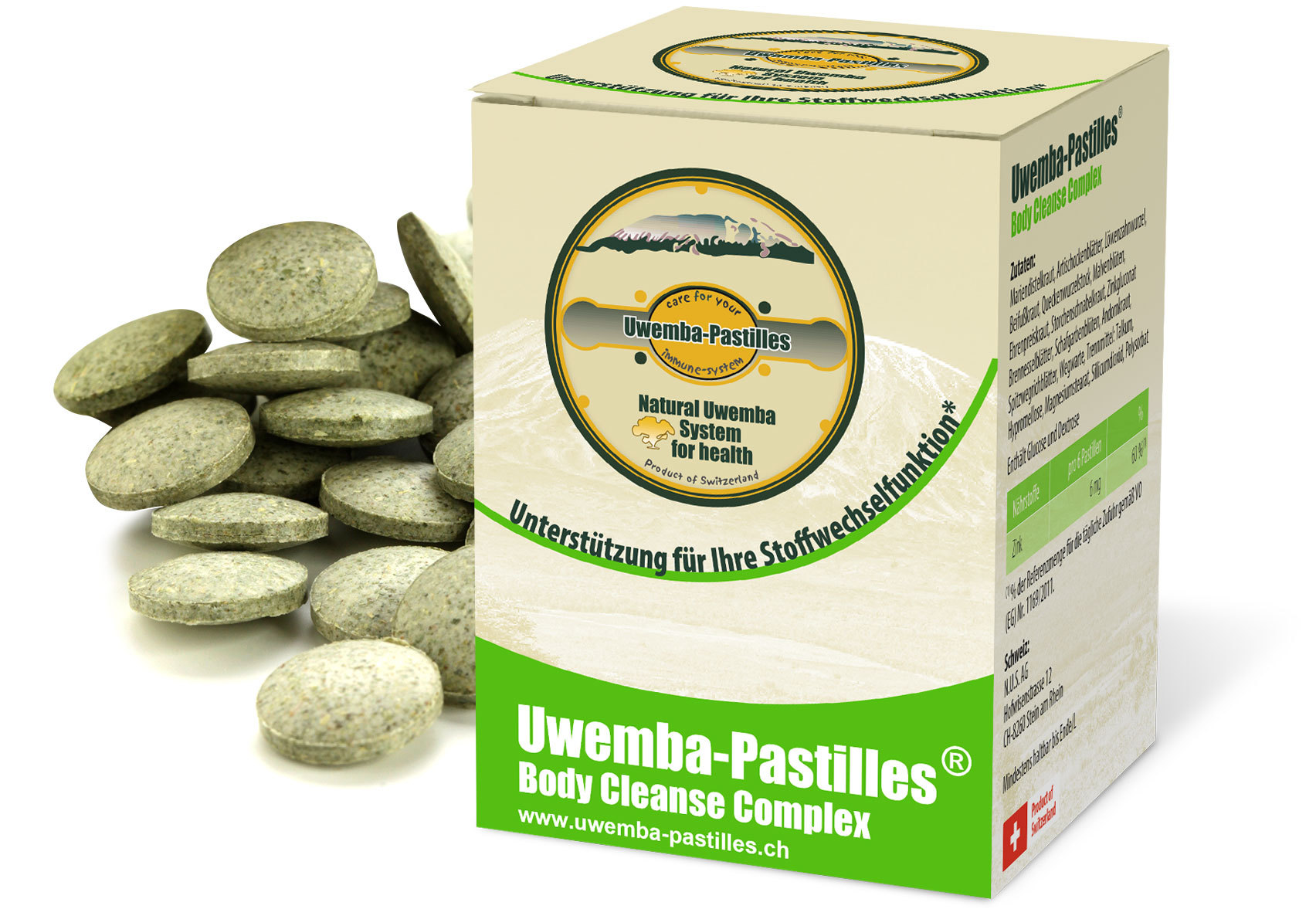
Uwemba-Pastilles® Body Cleanse Complex
supports the body in normal metabolic function*
Food supplement from 13 different plants and zinc.
Composition
The ingredients of Uwemba-Pastilles® Body Cleanse Complex consist of:
- Milk thistle herb
- Artichoke leaves
- Dandelion root
- Common mugwort (Artemisia vulgaris)
- Couch grass rhizome
- Mallow flowers
- Common speedwell herb
- Herb-robert
- Zinc gluconate
- Nettle leaves
- Yarrow flowers
- Common horehound
- Ribwort leaves
- Chicory
Dosage
Uwemba-Pastilles® Body Cleanse Complex are suitable for regular use (250pastilles= 45 days) and/or as a daily dietary supplement. Take 6 pastilles daily, two before each main meal with some liquid. For use in adults and children 12 years and older.
* Zinc contributes to normal acid-base metabolism.

(1) )% of the reference amount for daily intake according to Regulation (EC) No. 1169/2011
* Zinc contributes to normal acid-base metabolism.

(1) )% of the reference amount for daily intake according to Regulation (EC) No. 1169/2011
The inner body cleaning
In industrialized countries, humans and animals are increasingly affected by chemical and physical stresses. The result is an increase in allergies due to these negative environmental influences. There are more and more people who are sensitive to even small traces of chemicals such as those found in cleaning agents or perfumes. This is also called “Multiple Chemical Sensitivity” (MCS). The treatment of allergies places a heavy financial burden on the health care system.
We humans are in daily exchange with our environment. We breathe air through our lungs to supply oxygen to the blood. We absorb nutrients with our food and drink. The skin is also in exchange with the environment.
However, the absorption of these substances brings into the body not only useful elements. The air and our food also contain harmful substances that can harm the body in larger quantities. We are exposed to toxins in polluted air, polluted water, contaminated food, drugs, and even toxic byproducts of normal metabolic processes.
The body has five excretory organs through which the unwanted substances can flow away.
Note
Food supplements are not a substitute for a varied, balanced diet, fresh fruits and vegetables and a healthy lifestyle.

Ingredients
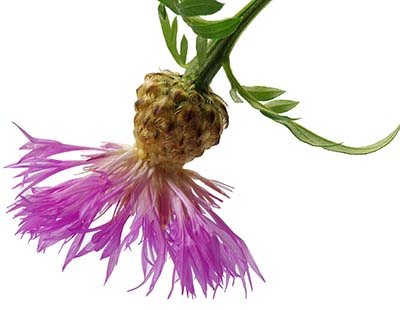
Milk thistle herb
Silybum marianum carduus marianus
Origin
Milk thistle is native to Southern Europe and North Africa. It is cultivated in Central and Eastern Europe.
Earlier use and folk medicine
Milk thistle was used early on in folk medicine for liver complaints. Classic fields of application were and are fatty liver, hepatitis, liver shrinkage, consequences of alcoholism, gall bladder inflammation, forehead headaches, sciatica, muscle rheumatism and lower leg ulcers and varicose veins.

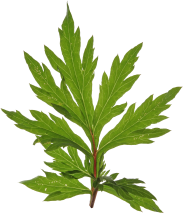
The quality of Uwemba Pastilles®
Manufactured, analyzed and released under GMP guidelines
We vouch for our good manufacturing practices!
That’s why we work according to the guidelines of Good Manufacturing Practice (GMP) – the European standards for quality assurance in the production of pharmaceuticals and food supplements.
Gentle processing of the plants and predominantly organic quality
Each of our plants requires its own climatic conditions, so they are planted all over the world. For example, the mugwort plant Artemisia originates from the Benedictine mission in Tanzania. In cooperation with regional producers, we pay attention to sustainability and organic cultivation.
Our products consist of plant components that complement each other in their benefits. While still in the country of cultivation, the plant partswith high potency are sorted and strictly tested for possible microbiological contamination when they are delivered to Switzerland.
The plants are processed in Switzerland, gently and energy-efficiently ground and pressed into herbal pastilles. Thus, we monitor the entire process of production according to European quality standards and ensure that there are no harmful substances.
Quality from Switzerland – high quality and reliability
Products from Switzerland are known for their quality. This Swiss quality is a commitment for us! We guarantee the highest standards of production and consistently high quality and reliability of our products!
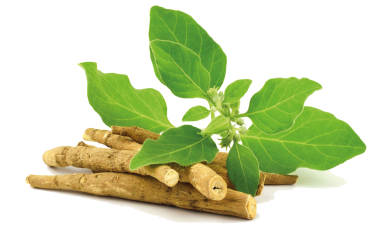
Herbal dietary supplements Uwemba-Pastilles®
What are Uwemba pastilles® ?
Uwemba-Pastilles® are various herbal multi-substance preparations. Currently 3 products are available, which are suitable for different indications.

